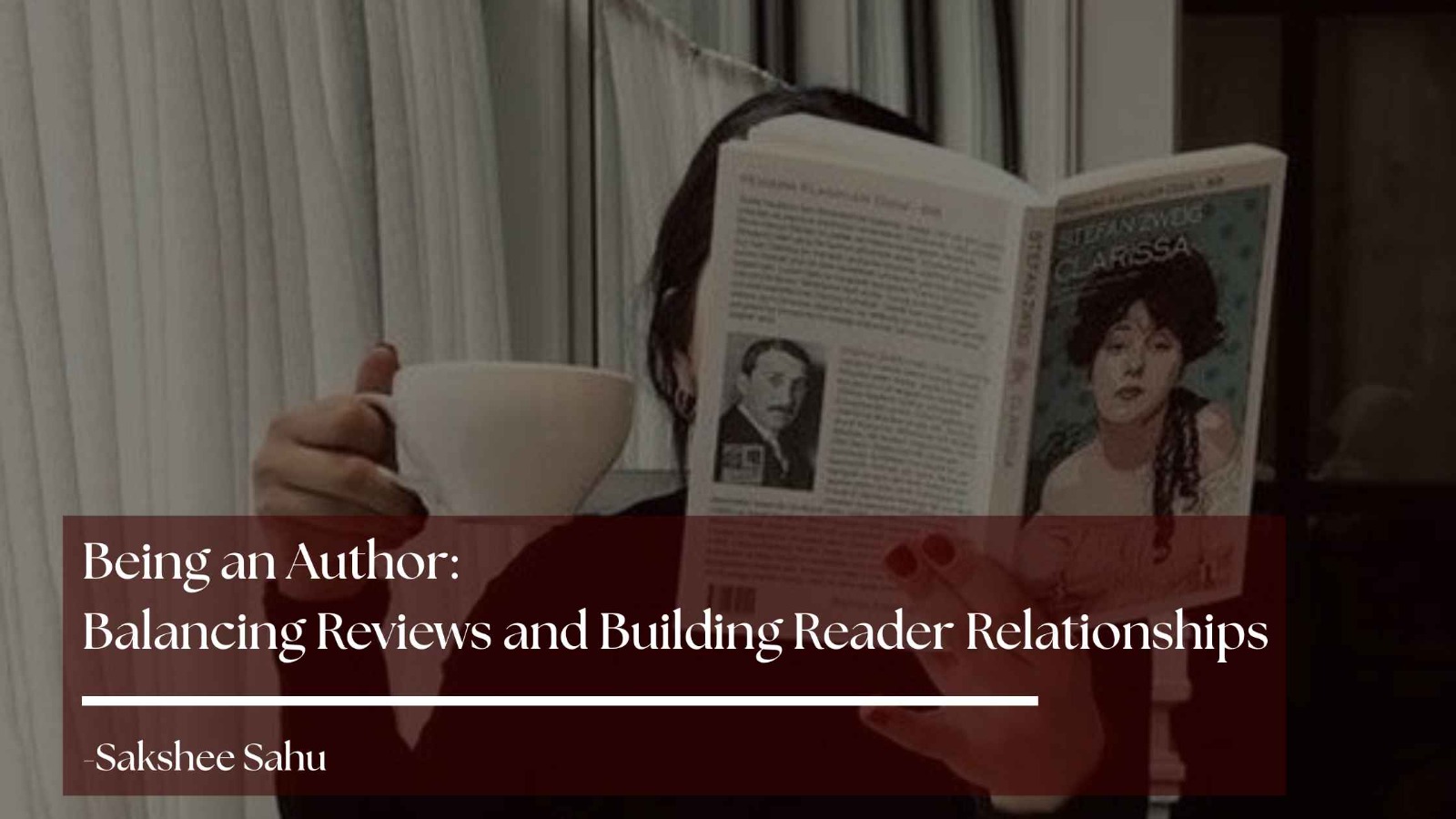Being an author is more than just putting words on paper. It’s an intimate act of sharing your thoughts, stories, and emotions with the world. But the journey doesn’t end when your manuscript becomes a book. In fact, one of the most significant parts of being a writer begins after publication facing your readers. This includes embracing praise, enduring criticism, and fostering a dialogue that allows both author and reader to grow together. In a time where feedback is instant and often public, an author must wear many hats: creator, communicator, and learner.
The Double-Edged Sword of Reviews
Once a book is out in the world, it becomes subject to judgment. Readers come with their own perspectives, expectations, and experiences, and they filter your writing through these lenses. This results in a range of reviews some glowing and others less than flattering.
Good reviews can be affirming. They serve as validation that your words reached someone deeply, entertained them, or helped them see the world differently. They reinforce that your effort mattered. For many writers, these positive responses are what keep them going, especially during moments of self-doubt.
On the other hand, bad reviews can sting. Whether it’s a reader who misunderstood your message or someone who simply didn’t connect with your style, negative feedback can be hard to digest. But it’s important to remember that not every book is for every reader. Criticism, when constructive, can be a tool for growth. Even in its harshest form, it can teach resilience and the value of creative independence.
Authors must learn not to let praise inflate their ego or let criticism crush their spirit. Reviews reflect personal reactions, not absolute truths. The goal is not to please everyone, but to be authentic to your voice while staying open to learning.
Reading Between the Lines: Listening to Your Readers
A book might be written in solitude, but its life is sustained by readers. The relationship between an author and their readers is vital. Readers bring your work to life by interpreting it in their own unique ways. By engaging with them, you gain insights into how your ideas are being received, where clarity might be needed, and what themes resonate the most.
Social media, book clubs, literary festivals, and review platforms have all opened doors for direct author-reader communication. These conversations can reveal surprising interpretations of your work that you might not have intended but are still valid. This helps you understand not just how people see your book, but how they experience the world differently.
Listening doesn’t mean pandering or changing your voice to match every opinion. It means respecting the diversity of thought. Some readers might ask questions that challenge you. Others might share how your work affected them in personal ways. These exchanges are where literature becomes more than text it becomes shared meaning.
Guiding and Being Guided
As an author, you’re not just a storyteller, you’re often a guide. Especially when your work touches on complex themes like identity, love, justice, or personal transformation, readers look to you for context and clarity. This is where authorial responsibility comes in. Whether in forewords, afterwords, interviews, or social media discussions, your role is to open the doors to understanding without dictating interpretation.
This two-way street also allows authors to be learners. Your readers’ perspectives can shape how you view your own writing. You may realize that something you considered a minor detail became a central emotional thread for many. Or you may discover that a metaphor you thought was clear needed more grounding. This kind of feedback loop is invaluable for growth.
Moreover, as the world changes, readers evolve and so must writers. Understanding generational shifts, cultural sensibilities, and reader sensitivities can help you write more consciously in the future. The dialogue between you and your readers ensures that your writing stays relevant and responsive, without losing its originality.
Marketing and promoting a book as an author involves strategically building awareness and interest to reach your target audience. This includes developing a strong online presence through social media, creating an author website, engaging with readers via newsletters, and leveraging book-related platforms like Goodreads. Authors often participate in virtual or in-person events such as book signings, podcasts, or literary festivals to boost visibility. Collaborating with influencers, bloggers, and media outlets for reviews and interviews can amplify reach, while running promotional campaigns—like discounts or giveaways—can spark reader interest and increase sales. Consistent, authentic engagement with your audience is key to building a loyal readership and sustaining long-term success.
In Conclusion
Being an author in today’s world means embracing complexity. It involves being confident in your creative vision while remaining open to critique. It’s about celebrating praise, learning from criticism, and never forgetting the human connection at the heart of every book.
Reviews, both good and bad, are reminders that your work is alive and stirring thought. Reader interactions are opportunities to expand your perspective, refine your craft, and deepen your impact.
Ultimately, writing is not a monologue – it’s a conversation. And the more you engage with that conversation, with grace, humility, and curiosity the more fulfilling your journey as an author becomes.
Publish your book with us: https://astitvaprakashan.com/




